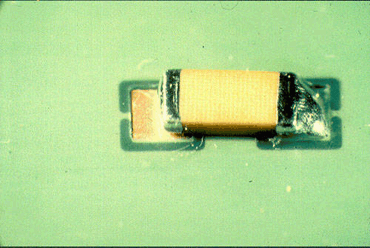

Although it's best to use lead-free solder as a concern of safety, the safety comes with its own price.

When it comes to choosing the solder, its completely your choice to choose between lead and lead-free soldering. Lead-free solder is very similar to leaded solder, except the fact that it contains no lead, it is made of mostly tin and other trace metals such as silver and copper. As lead is harmful to humans and leads to lead poisoning when exposed in a larger amount, some key individuals and countries decided that it is best not to use leaded solder anymore. Lead is the most used type of metal because of its low melting point and its ability to create great solder joints. In the traditional method of soldering, the most commonly used type of metals are lead (Pb) and alloys of lead, this type of solders are called leaded solders. When the word Solder acts as a verb, it represents the action of joining two pieces of metal together to form a solder joint. Grammatically the word solder can be understood with two different meanings, when the word solder acts as a noun, it refers to the alloy (Combination of two different metals) that come in a long thin wire in spools or tubes. This article contains everything you need to know about soldering and the step by step procedure to perform soldering on a PCB board properly. In the world of technology, the ability to repair electronic devices is like a gift one should posses, for which, soldering is the fundamental skill. In the screen printing process, a paste containing both solder and flux is administered to the PCB solder pads.Soldering is one of the basic, yet most important skill that each and everyone who is dealing with electronic components should be aware of. Reflow soldering requires a screen process. PCBs with a mixture of SMDs and PTHs require both wave and reflow soldering, and have to be soldered in several steps. Printed circuit boards (PCBs) with surface-mount devices (SMDs) can be wave or reflow soldered, while PCBs with pin-through-the-hole devices (PTHs) can only be wave soldered. Nowadays, using Printed Circuit Boards, wave soldering and reflow soldering is consistent from one connection to the next, and from one board to the next, making reliable and consistent electronic circuits.

That method took a lot of time to make all those connections, and produced connections that were only as consistent as the person wielding the iron. Long ago, before the Printed Circuit Board was invented, the original soldering technique consisted of hand soldering individual components using a soldering iron. This Printed Circuit Board has Surface Mounted Devices, and it also has a through-the-hole plug inserted, making this a mixed component assembly PCB.


 0 kommentar(er)
0 kommentar(er)
